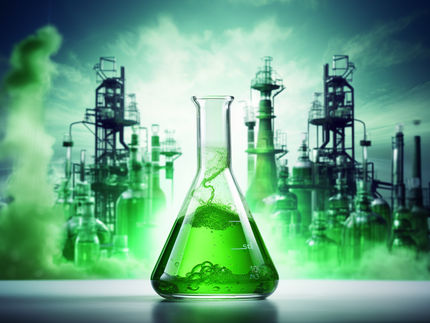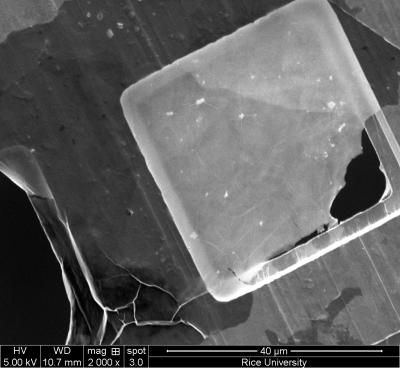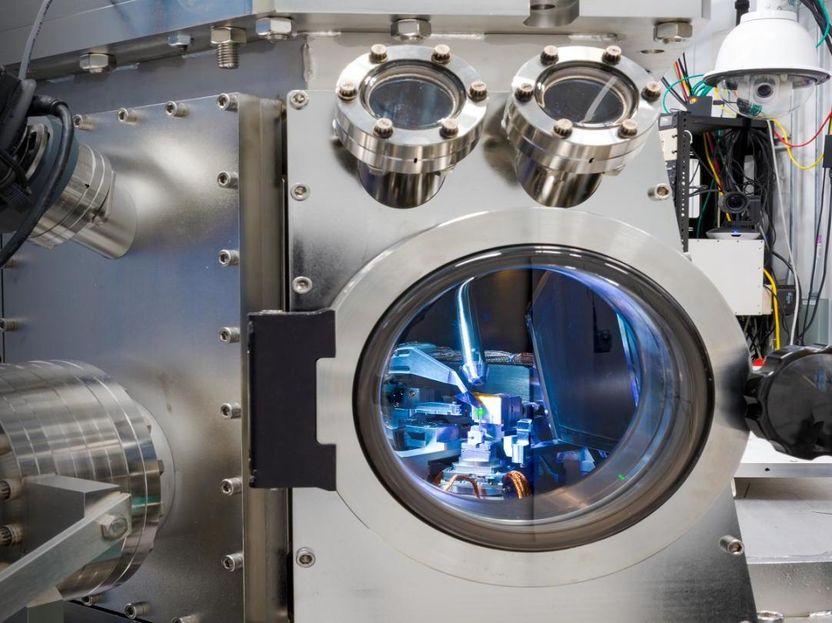Reverse Reactions Helps Isolate Important Intermediate
Advertisement
Scientists at the U.S. Department of Energy's Brookhaven National Laboratory have used a new way to isolate and study an important intermediate in the Epoxidation of olefins such as ethylene: They run the reaction in reverse. By starting with the final products (epoxides) and placing them on the surface of a model catalyst, the scientists are able to use surface chemistry techniques to "catch" the intermediate. Understanding this intermediate may ultimately help the scientists develop improved or new catalysts for the forward reaction - a reaction that produces important "building blocks" in the manufacture of larger organic molecules.
In the forward direction, the interaction of the reactants with the surface is either too weak to allow direct study of the mechanism, or the intermediate - a ring structure on the surface of the silver catalyst - forms and transforms too quickly for scientists to study. But in reverse, the intermediate stays on the surface longer, so scientists can apply various techniques to try to understand the reaction mechanism.
"If we find a general rule based on our studies with this model catalyst, then we can design a new catalyst, because we know how the reaction occurred on the surface," said Brookhaven chemist Hong Piao, who is working on the project. The general goal is to improve the reactivity and selectivity of the catalyst for producing particular products.
Organizations
Other news from the department science

Get the chemical industry in your inbox
By submitting this form you agree that LUMITOS AG will send you the newsletter(s) selected above by email. Your data will not be passed on to third parties. Your data will be stored and processed in accordance with our data protection regulations. LUMITOS may contact you by email for the purpose of advertising or market and opinion surveys. You can revoke your consent at any time without giving reasons to LUMITOS AG, Ernst-Augustin-Str. 2, 12489 Berlin, Germany or by e-mail at revoke@lumitos.com with effect for the future. In addition, each email contains a link to unsubscribe from the corresponding newsletter.




























































